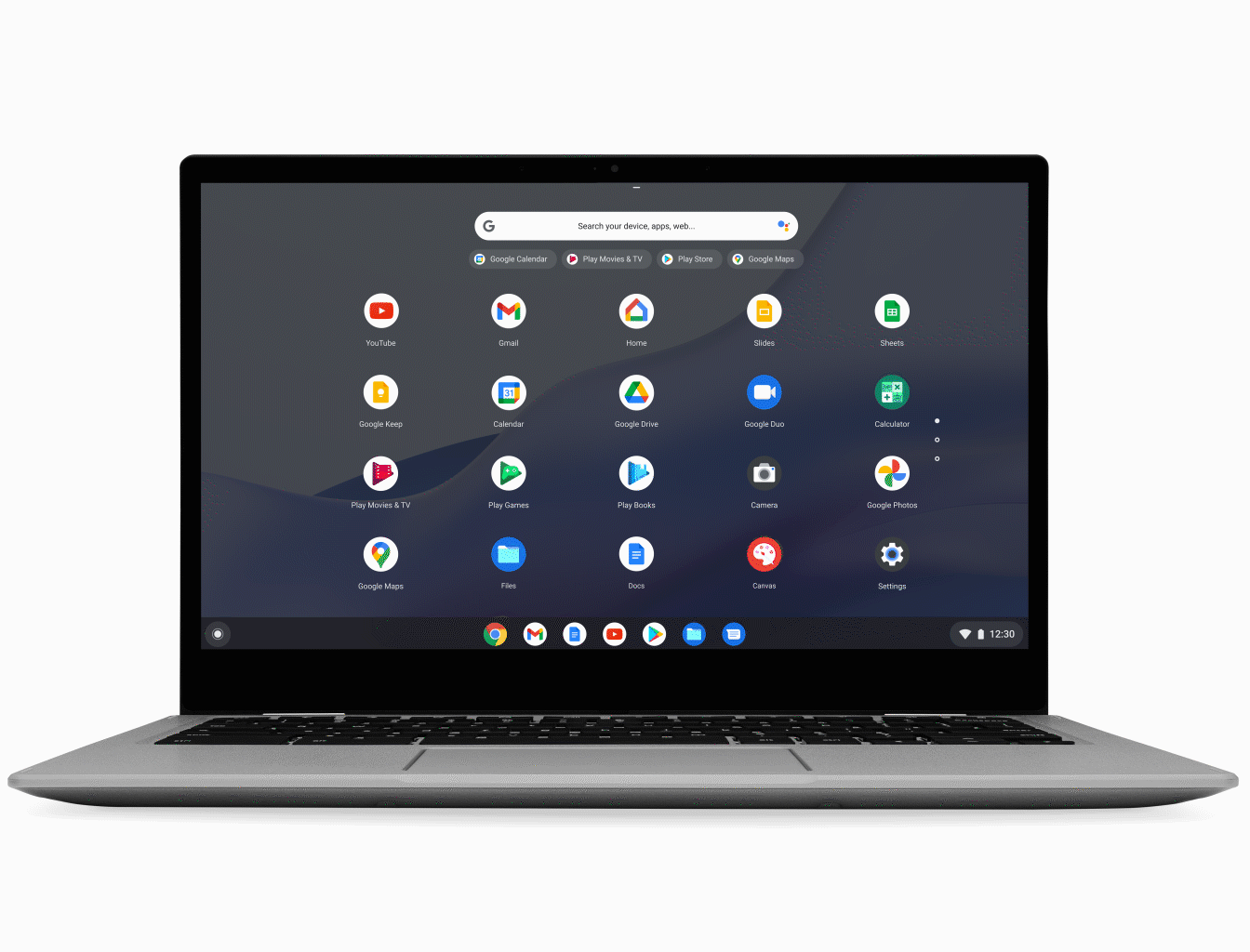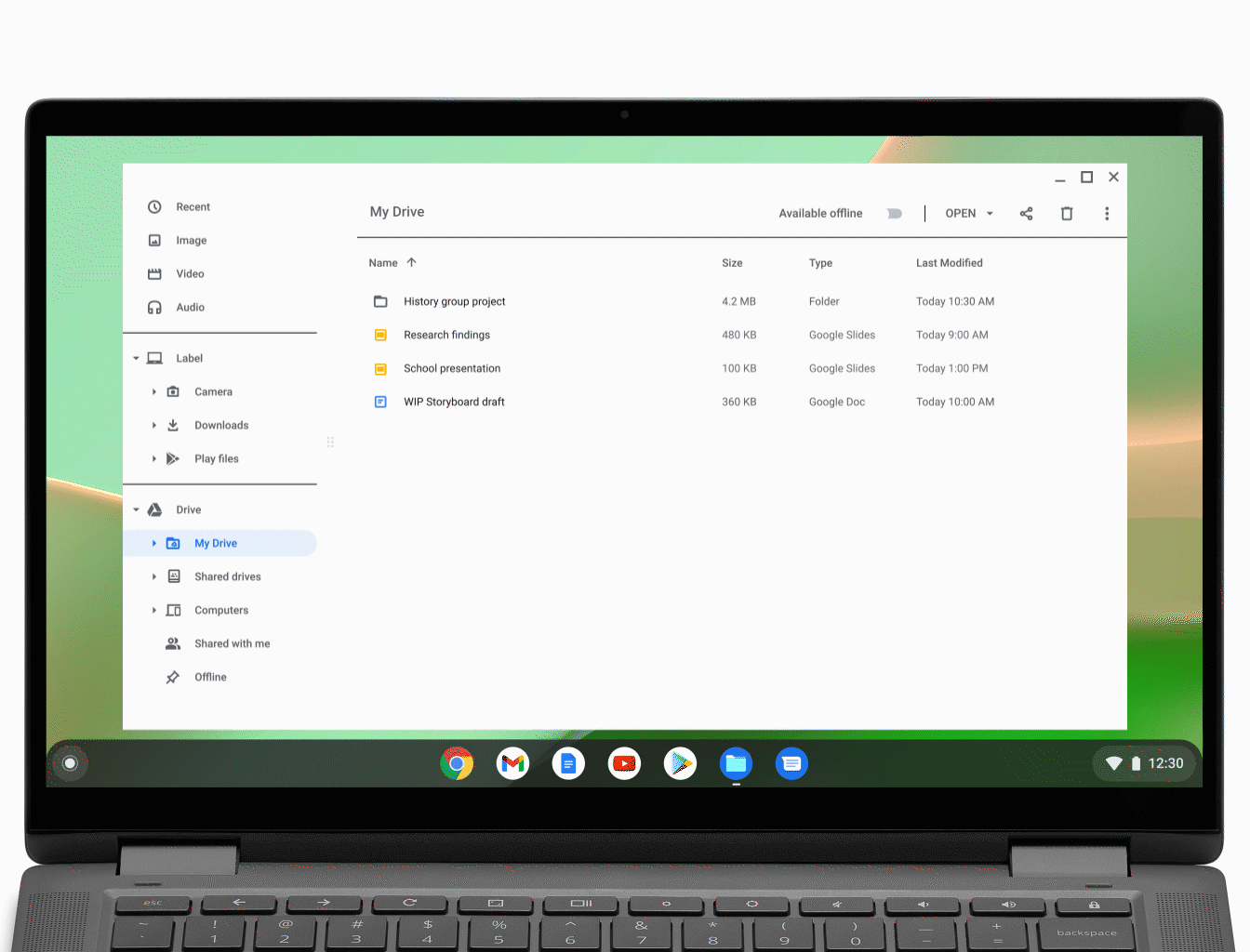Today, Samsung announced the heavily-leaked Galaxy Book Go and the Galaxy Book Go 5G, two similar but different laptops. The former uses Qualcomm’s new Snapdragon 7c Gen 2 chipset, while the latter has a Snapdragon 8cx Gen 2.
“PCs continue to enable our digital lives, helping us connect to our friends and family, work and learn remotely, and find outlets for creativity and relaxation.” said Woncheol Chai, SVP and Head of Experience Planning Team, Mobile Communications Business, Samsung Electronics. “The Galaxy Book Go series takes advantage of Snapdragon compute platforms to provide today’s mobile-first users the seamless communication, sustained productivity, and immersive entertainment experiences they expect—all in one device. With the new addition to the Galaxy Book, Samsung offers wider options to our consumers to choose a device that best fits their needs.”
| Dimensions | 323.9 x 224.8 x 14.9 mm |
|---|---|
| Weight | 1.38 kg |
| OS | Windows 10 Home/Pro |
| Display | 14-inch TFT FHD (1920 x 1080) |
| CPU | Qualcomm Snapdragon 7c Gen 2 compute platform |
| Graphics | Qualcomm Adreno GPU |
| Connectivity | Qualcomm Snapdragon X15 LTE modem, Wi-Fi 5, 802.11 ac 2×2, Bluetooth v5.1 |
| Color | Silver |
| Memory | 4GB, 8GB (LPDDR4X) |
| Storage | 64GB, 128GB (eUFS) |
| Camera / Mic | 720p HD / Digital Mic |
| Battery | 42.3Wh (Typical) |
| Adapter | 25W USB Type-C Fast Charger |
| Speakers | Dolby Atmos |
| Ports | USB Type-C (2), USB 2.0 (1), 3.5pi Headphone/Mic, MicroSD, nano SIM, Nano Security slot |
Cellular connectivity is a key feature of these laptops, hence the word ‘Go’. However, Samsung seems to be making 4G laptops and 5G laptops across the board these days with its Galaxy Book Pro and Galaxy Book Flex2. With ARM, however, the cellular modem is built into the chipset so it can do so at a lower price point, although the base model Galaxy Book Go actually has a Wi-Fi only SoC.
Starting at $349, it comes with a 14-inch FHD display, Dolby Atmos audio, and it comes in at 14.9mm. Weighing in at just over three pounds, it’s not as thin as light as its flagship siblings in Samsung’s lineup. Still, the Samsung Galaxy Book Pro is much lighter than most of what you’ll see at its price point. On top of that, the 42.3WHr battery should get some solid battery life, and it has cellular connectivity. Indeed, there’s a lot of value here.
As far as ports, there are two USB Type-C ports, along with one USB Type-A port. Indeed, this might actually be the first Windows on ARM device with a the legacy USB port. It’s also got a 3.5mm audio jack and a microSD slot.
Samsung also touted that this is part of its whole ecosystem. This is notable, as a lot of companies that make Windows on ARM PCs have tended to leave some of their own apps and services out instead of making them work on the new chip architecture. Samsung Galaxy phones can easily connect to Microsoft’s Your Phone app with Link to Windows, and you’ll be able to mirror your screen and pin Android apps. You can also extend your screen to a Galaxy Tab S7.
The Samsung Galaxy Book Go is set to arrive this month, starting at $349. The Galaxy Book Go 5G is coming later on this year.
The post Samsung has two new ARM-powered laptops, the Galaxy Book Go and Galaxy Book Go 5G appeared first on xda-developers.
from xda-developers https://ift.tt/2SPGfAu
via IFTTT









